October 31, 2017
Boundary-less workplaces must offer contextual, personalised workspaces
 The future workplace will replace familiar, rigid hierarchies and departments with small, collaborative networks of teams and the lines between individual organisations and ecosystems will blur as companies increasingly cast their net wider to innovate. This is one of the predictions made in a Fujitsu-commissioned whitepaper ‘Workplace 2025’ which argues that businesses must rethink social and technology strategies to plan for the future workplace – or risk being left behind. To appeal to future employees with the right skills, the whitepaper, which was produced by European research firm Pierre Audoin Consultants (PAC) advises that businesses must ensure they are moving towards an environment that provides contextual, personalised workspaces aligned to the individual needs of users. At the same time, they should plan to encourage enhanced peer collaboration by implementing technologies such as augmented reality. The Workplace 2025 report foresees that today’s organisational structures will become more agile, adapting to constantly-changing economic conditions, competitive landscapes and customer demands.
The future workplace will replace familiar, rigid hierarchies and departments with small, collaborative networks of teams and the lines between individual organisations and ecosystems will blur as companies increasingly cast their net wider to innovate. This is one of the predictions made in a Fujitsu-commissioned whitepaper ‘Workplace 2025’ which argues that businesses must rethink social and technology strategies to plan for the future workplace – or risk being left behind. To appeal to future employees with the right skills, the whitepaper, which was produced by European research firm Pierre Audoin Consultants (PAC) advises that businesses must ensure they are moving towards an environment that provides contextual, personalised workspaces aligned to the individual needs of users. At the same time, they should plan to encourage enhanced peer collaboration by implementing technologies such as augmented reality. The Workplace 2025 report foresees that today’s organisational structures will become more agile, adapting to constantly-changing economic conditions, competitive landscapes and customer demands.






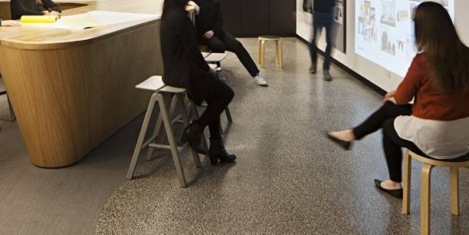
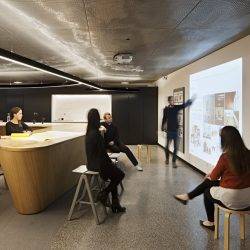
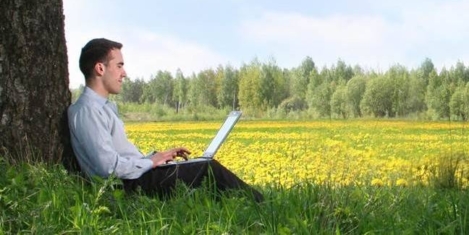


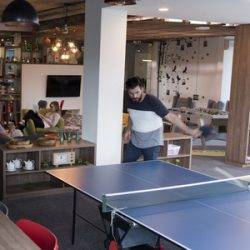



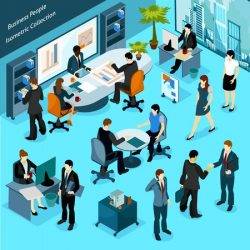






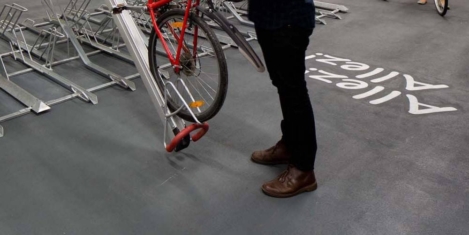
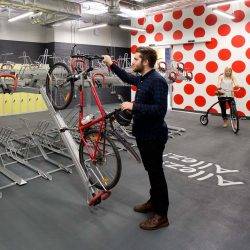










December 5, 2017
How do you really go about creating a great place to work?
by Jo Sutherland • Comment, Wellbeing, Workplace design
The topic of workplace wellbeing is becoming increasingly prevalent. And for good reason. In the UK, 45 million working days are lost due to stress, anxiety and depression and the Chartered Institute of Personnel and Development (CIPD) Absence Management survey reveals that over two fifths of organisations have seen an increase in reported mental health problems over the last year. What’s more, a recent government report found that up to 300,000 people leave their jobs each year due to mental health-related issues. Last month, Symposium hosted the “Workplace Wellness & Stress Forum 2017”, back for its twelfth year, to help employers step up and tackle the greatest inhibitor of growth, innovation and creativity – stress. Medical professionals have their definition of “stress”, health and safety execs have theirs, and the academic community promulgate another. Forum host Neil Shah, chief de-stressing officer of The Stress Management Society, offered a definition that resonated with the entire audience: “where demand placed on an individual exceeds their resources”.
(more…)